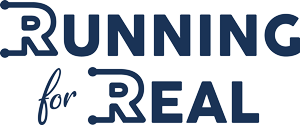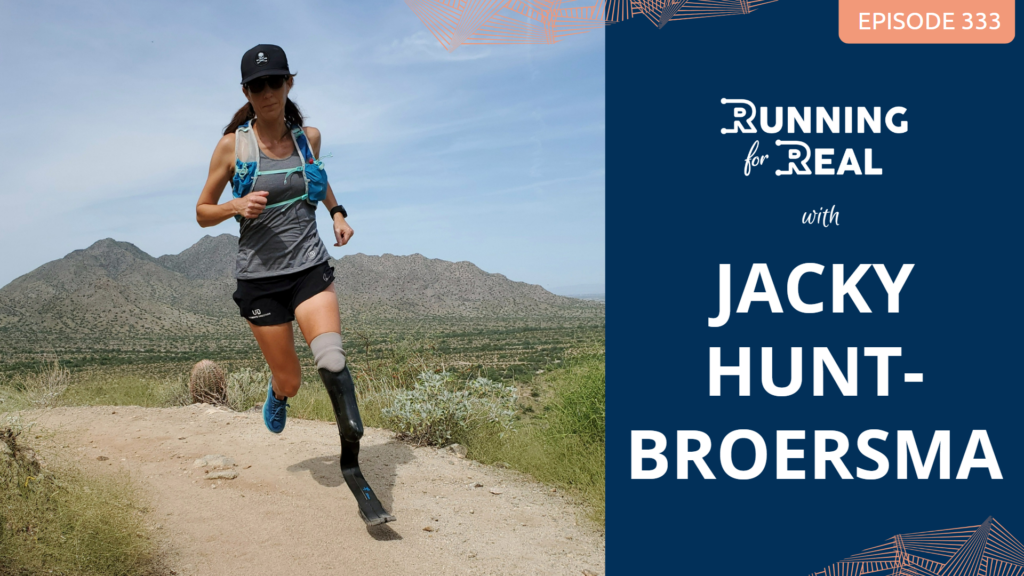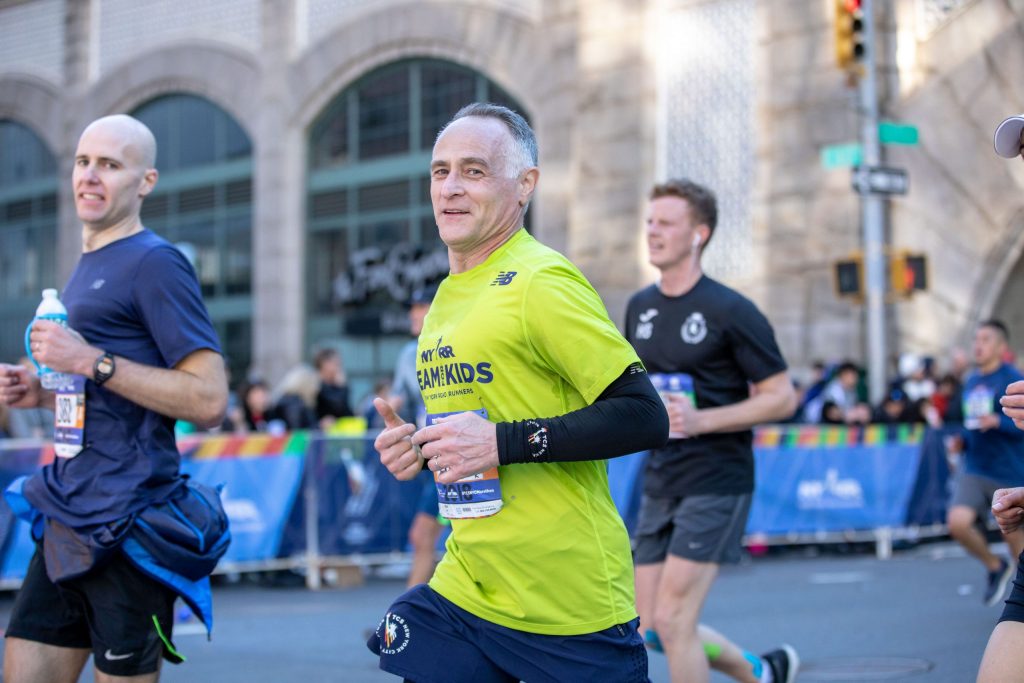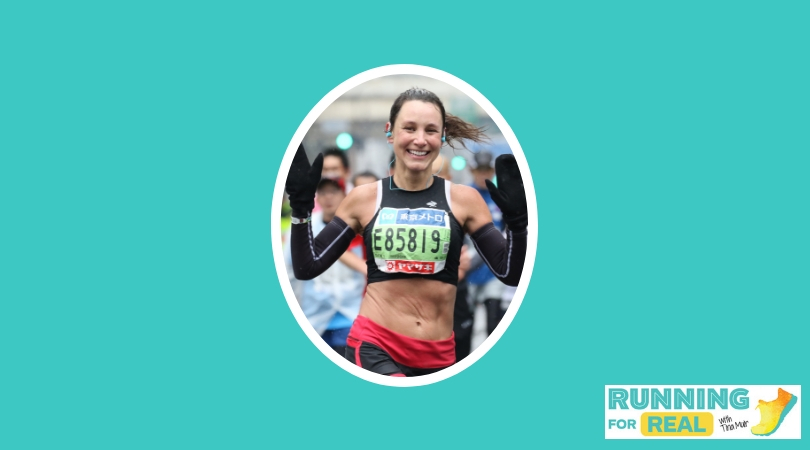Ian Gonzalez is a trailblazer. He co-founded 7 on Sundays, a run crew on Chicago’s South Side, an area where running as a pastime had been virtually nonexistent. 7 on Sundays created a community of runners, but there was nowhere for them to buy running shoes, clothes, or nutrition. Ian filled that void by opening Last Lap Cornerstore, the only running store on the South Side, and the only Black/Latino-owned running store in the city. He was forced to close the store, but is determined that Last Lap will return to serve the area’s runners.
Listen to the Running for Real podcast here:
Apple (iTunes) Podcast | Sticher | Castbox | Overcast | Spotify | Google Play | iHeartradio |
Ian is no stranger to looking after the needs of others. His son, Julius, was born when he was only 17 years old and Ian raised him as a single father. It was a responsibility that he took seriously. “He was with me everywhere,” Ian says. “That boy is my shadow, okay? Like anything that I was doing, he was pretty much there. People would have to reorganize the way they were showing up in spaces because if I was showing up, they knew my child was coming with me.”
He came to realize though, that his lifestyle didn’t allow him to provide Julius with everything he needed on a consistent basis, and when he was about to become a father for the second time, he knew he had to get serious about his finances. He got a job at a Nike store, where he was first exposed to the running world. “They hired me around the time of the Chicago Marathon,” he recalls.
“I lived here my whole life, and didn’t even know Chicago had a marathon, let alone a world major. The biggest eye opener was most of my coworkers were running the Chicago Marathon and none of them looked like how I would picture a marathoner in my head, like some super fit athlete, maybe some muscles or super skinny, you know? It was regular people. It made me feel like I can do it too. I was the person who wasn’t a runner. I was the only person there who had not run a marathon. So I felt left out.”
He didn’t feel left out for long. He hadn’t been a high school athlete, had never run more than three miles, but the next year he signed up for the Chicago Marathon. He planned to get it over with quickly. “In my mind, I was running a three hour marathon. I’m like, ‘I’m getting out here; I’m gonna bust my ass; yes, I am going to fuck this up. This is gonna be crazy.’ I remember one of my coworkers was like, ‘Slow down, cowboy. Let’s relax. Let’s just focus on finishing the marathon,’ and I was like, ‘Oh, okay, cool… I guess.’ But three hours sounded like a long time, four hours sounded like a long time to be doing anything. So I was like, ‘This is what I’m gonna do.’ No point of reference. My first finish was like five hours and 30 minutes.”
He was still proud of himself, and he fell in love with running while training for the marathon. “Everything over three miles was the first time I ever ran a distance. Every single week, I was doing something that I thought was impossible, that just wasn’t in my wheelhouse.”
When he first started running in the double digits, he would come home looking as though he was about to cry. “I wasn’t sad; I wasn’t in pain. There was nothing wrong, but that was just happening. I tell my little brother about this experience and he looks at me, he goes, ‘Bro, you’re just running those bad vibes out.’ You know, if emotions are energy and energy is never destroyed, only transferable, think about all of the pent-up energy I probably had. I’d never exhausted myself to that extent, and I’ve never experienced that since then. It was wild. That was the best summer. I felt good all the time and I just got so much up off me.”
As much as he loved training, it meant traveling to the North Side to run. He and two co-workers at the Nike store, Aaron Ingram and Craig Taylor, started talking about how great it would be to experience their sport in their own neighborhood. They were all available to run at 7:00 a.m. on Sundays; they knew that they wanted to run for at least an hour, which worked out to around seven miles; and 7 on Sundays was born. Initially, it was just the three of them, then other friends showed up, then strangers started to join them, and “all of a sudden we have this community here on the South Side of Chicago, enjoying running on the South Side of Chicago.
“We’ve had people come from all over, but the majority of our runners are from the local area, within a five to six mile radius of where we meet up. And then sometimes when people come into town for races, they’ll come join us on a run on the South Side and everybody is surprised at how beautiful the South Side is. It’s definitely an eye opener for a lot of local runners and a lot of people who have visited. I think people maybe expect a war zone, expect to be unsafe all the time, and things like that. But if people come, they quickly get comfortable and they quickly enjoy the things that they see.”
Ian describes 7 on Sundays as “a space that’s very multicultural; no matter where you’re from, no matter what your background is, white, Black, Hispanic, Asian, whatever, when you come here, you understand what this space is, and it’s a place for us to be ourselves.”
As much as 7 on Sundays had accomplished though, there was another barrier to break through. “I started to realize, whether it’s directly or indirectly, I’ve gotten maybe over 100 runners to the start line for their first race and stuff like that. But those runners still had that glass ceiling, like we still had to leave our neighborhoods to get our shoes, leave our neighborhood to get those basic necessities that we needed to train for a race or just enjoy running.”
To break through that ceiling, he opened a running store, Last Lap Cornerstore, in a marketplace built from shipping containers in the Bronzeville neighborhood. It served the community not only by offering the goods that they needed, but by the way in which it provided them. “I think the biggest thing was when a runner of color came into my store, they was talking to somebody who understood, like we spoke the same language,” Ian explains. “I understood what they meant. I understood what they needed. I understood the references. When I’m going through the products and talking about why this shoe is better, it lands differently because it’s coming from a mirror, you feel me? Versus if I walk into Fleet Feet, it has Black sales reps, sales reps of color, and stuff like that. But it’s a white space. Walking in there, you already feel like you’re gonna be judged; there’s that wall that needs to be broken down versus when somebody walks into my store.”
The local running community embraced Last Lap, but ultimately, Ian says, “It kind of plateaued and just wasn’t able to grow to a place where it can provide my basic necessity. So I had to make the hard decision to close down. I didn’t have access to traditional capital like loans from banks. So I had to make that tough decision to close down to reorganize and figure things out. Fast forward to here. The opportunity presented itself to put feelers out to see if the community wanted Last Lap back. See if I can entice some people to maybe help bring it back. And the reception has been awesome.”
Brooks Running produced a video about Ian and Last Lap. With the encouragement of his business mentor, Ian has launched a GoFundMe campaign. Individuals and organizations have reached out to offer their support. “It’s been a blessing. Oh my God, I’m so grateful. It’s been super awesome. And if the ball keeps rolling the way it is and people are doing the things that they say they’re gonna do, I really see myself being open maybe this year.”
Ian admits that he struggles with imposter syndrome, but he’s finally starting to recognize that he’s made a difference. “My role has been to affect change in this community. It’s a beautiful place. I’ve been told that it’s a lot more welcoming, not just in my club, but in the greater Chicago run club community. I like to look at myself as not a community leader, but a community defender. It’s community over competition, and everybody feels welcome, feels comfortable, feels loved, and is able to enjoy this sport. I want to be able to do that for the rest of my life.”
Resources:
Last Lap Cornerstore’s website
Brooks Running video about Last Lap
Last Lap Cornerstore’s Instagram
Thank you to HydraPak, AG1, and Tracksmith for sponsoring this episode.
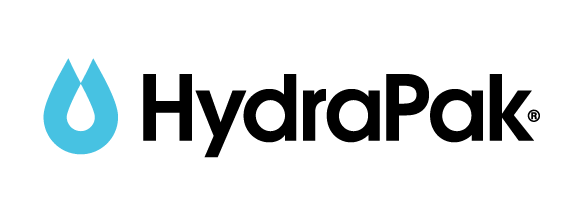
HydraPak is continually looking for ways to help runners and their communities lessen their environmental footprint. Their reusable hydration products are aimed not only at supporting athletes in pursuit of their personal goals, but at reducing single-use waste.
Most recently, they unveiled their Cupless Racing Partnership Program, designed to support trail and road races across the country in eliminating race day waste by offering their collapsible and reusable SpeedCup as an alternative to single-use cups at running events.
You can find out more here.
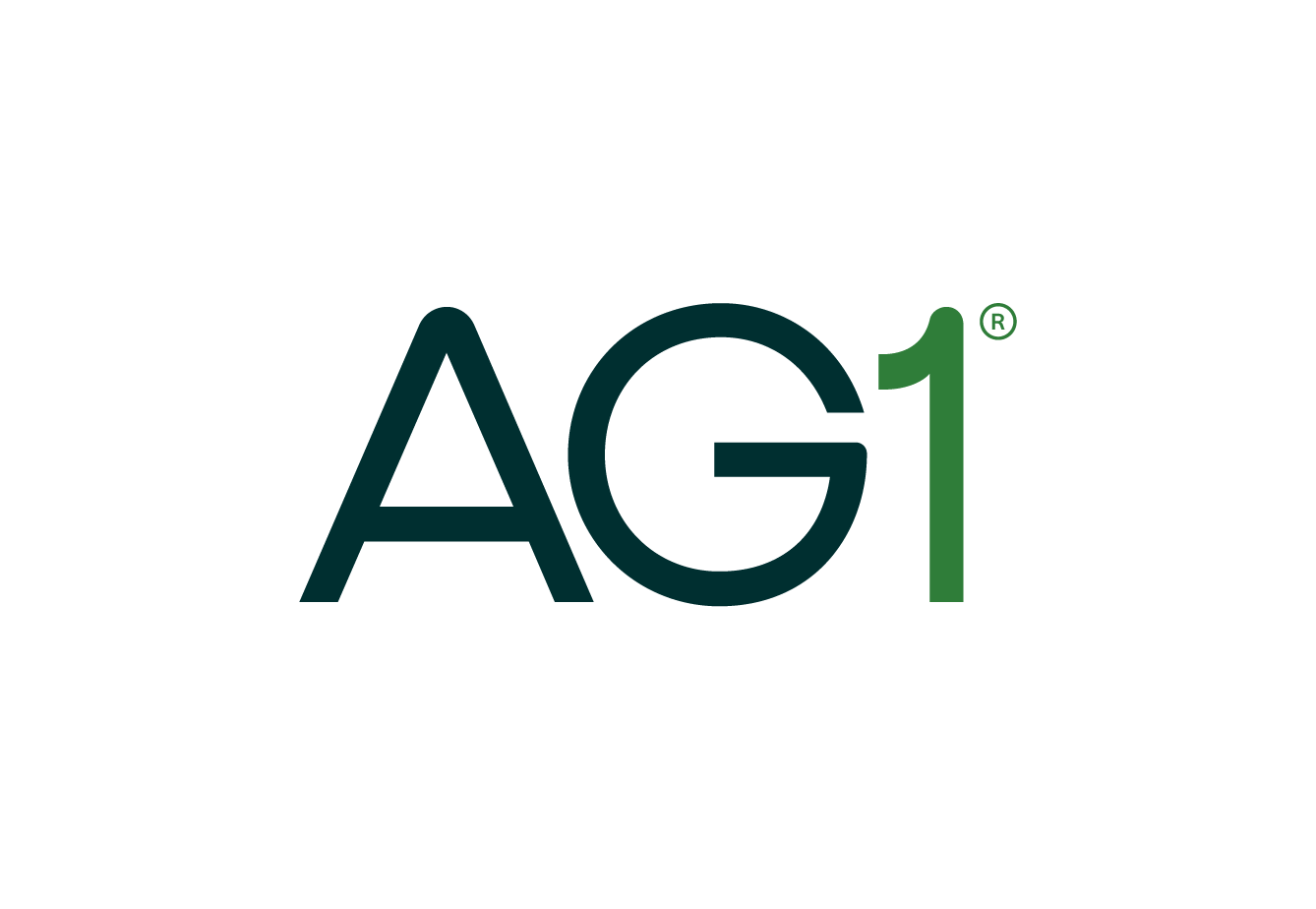
AG1 is the daily Foundational Nutrition supplement that delivers comprehensive nutrients to support whole-body health.
With its science-driven formulation of vitamins, probiotics, and whole-food sourced nutrients, AG1 replaces your multivitamin, probiotic, and more in one simple, drinkable habit. And just as importantly, it actually tastes good!
If a comprehensive solution is what you need from your supplemental routine, go here and get a FREE 1-year supply of Vitamin D AND five free AG1 Travel Packs with your first order!

Tracksmith is an independent running brand inspired by a deep love of the sport. They’re so committed to their mission of getting runners to do their best that they are offering a $100 gift card to any runner who runs a PR before April 30th. You can find all of the details under the “It’s PR Season” section here.
If you’re a new customer, go here and use the code TINANEW at checkout to get $15 off your order of $75 or more. Returning customers can use the code TINAGIVE, and Tracksmith will give you free shipping and donate 5% of your order to TrackGirlz.
Thanks for listening!
If you haven’t already, be sure to subscribe on Apple, Spotify, iHeart, YouTube, or wherever you get your podcasts. And if you enjoy Running for Real, please leave us a review!
Keep up with what’s going on at Running for Real by signing up for our weekly newsletter.
Join the newsletter
This is not your usual email newsletter. With Tina’s personal reflections and recommendations, suggestions of things to do, thoughts to contemplate, and some updates, this newsletter is one that you’ll WANT to read, not hit “delete” as soon as you see it.
Follow Tina on Instagram, Facebook, and Twitter. You’ll find Running for Real on Instagram too!
Want to be a member of the Running for Real community? Join #Running4Real Superstars on Facebook!
Subscribe to our YouTube channel for additional content, including our RED-S: Realize. Reflect. Recover series of 50+ videos.
Thank you for your support – we appreciate each and every one of you!
